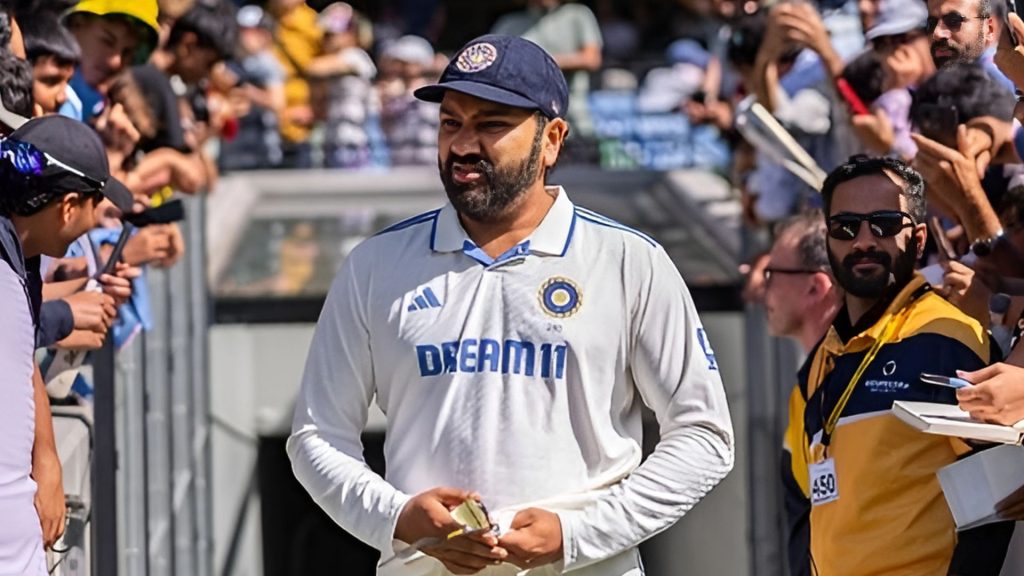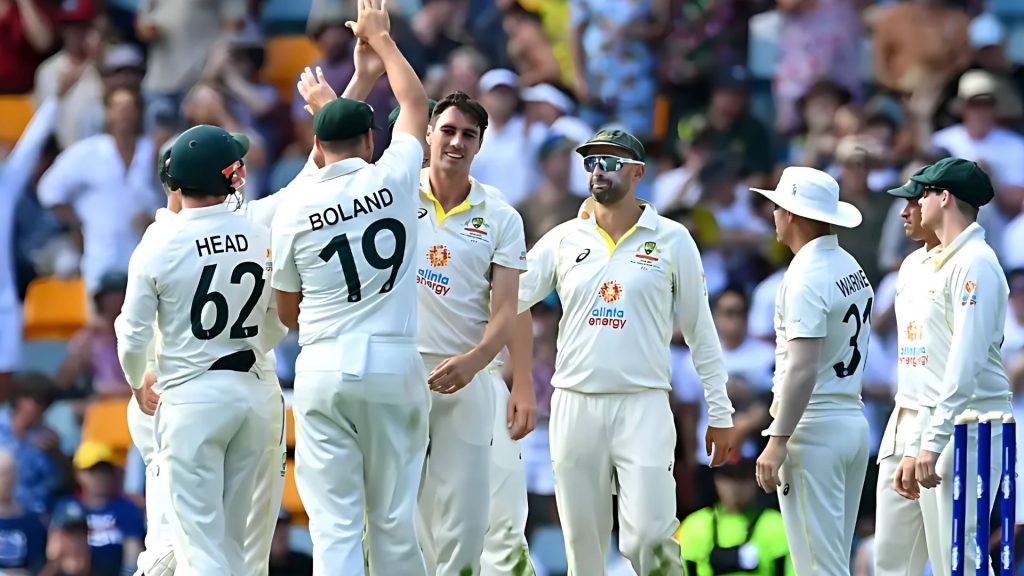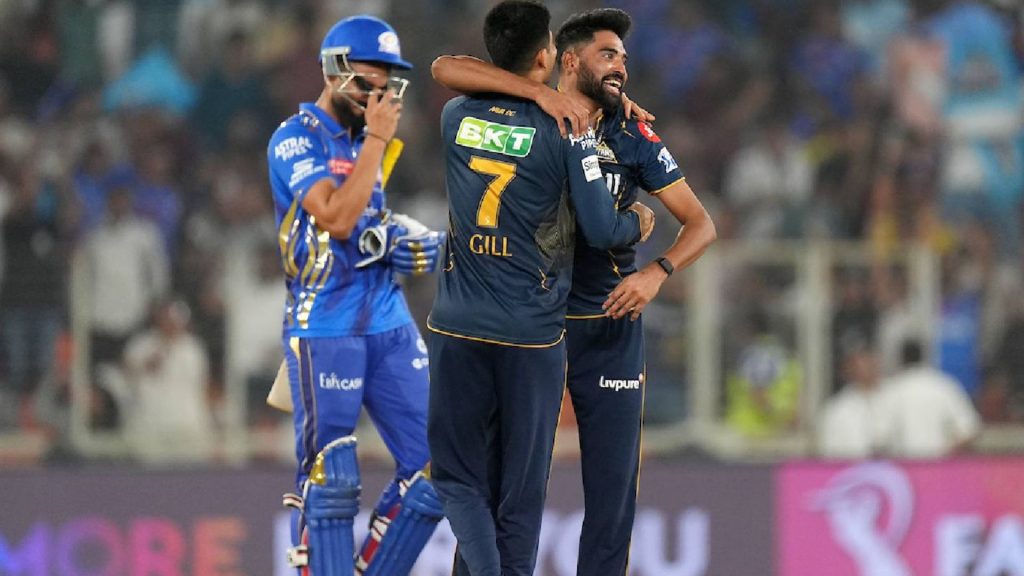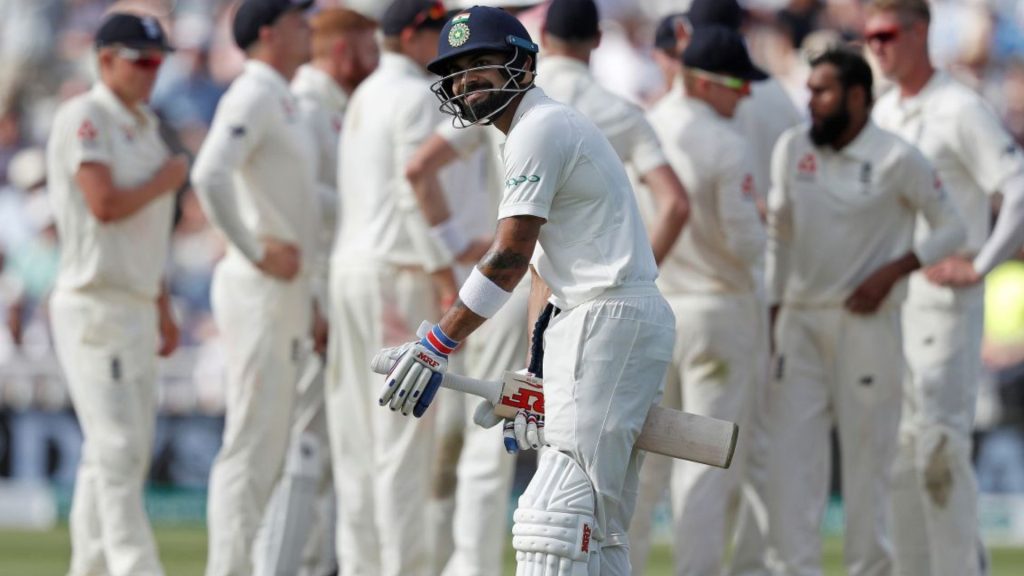Hardik Pandya, known for his prowess on the cricket field and his flair for the extravagant off it, recently added a new feather to his cap – or rather, a new car to his garage. The Indian cricket star was spotted with a brand new Lexus LM350h, a luxury MPV that comes with a hefty price tag of Rs 2.5 crore. While for many, this might be just another celebrity purchase, for others, especially in light of recent national events, it has sparked a debate on timing, sensitivity, and the display of wealth.
The timing of Pandya’s purchase couldn’t have been more controversial. Just days before, the nation was in mourning over the martyrdom of four Indian soldiers in a terror attack, an event that stirred deep nationalistic sentiments. Against this backdrop, the sight of a celebrity indulging in luxury has led to a significant backlash on social platforms like X. Critics argue that such displays of wealth, especially in times of national grief, reflect a disconnect from the common sentiment, where the focus should be on solidarity and remembrance rather than opulence.
On the other hand, supporters of Hardik Pandya, and perhaps of the ethos of celebrity culture, argue that personal financial decisions should not be subject to public scrutiny or timed according to national events. They point out that celebrities, like any individual, have the right to spend their earnings as they see fit, without their actions being interpreted as a lack of patriotism or empathy. This perspective highlights the ongoing debate over privacy versus public life, especially for figures like Hardik Pandya, who are constantly under the public eye.
The controversy also touches on broader themes of economic disparity and the role of celebrities in society. Critics of such lavish spending often bring up the stark contrast between the lives of the rich and famous and the struggles of the average citizen. They question the moral implications of flaunting wealth when many in the country grapple with basic needs, especially in times of national mourning or economic hardship.
From a marketing perspective, however, Pandya’s move might not be entirely miscalculated. The luxury car market thrives on exclusivity and the allure of celebrity endorsement. For brands like Lexus, having their vehicles associated with high-profile figures can significantly boost their image and sales. Pandya’s choice might be seen as an endorsement of the brand, aligning it with success, luxury, and the lifestyle of the elite.
Yet, the public’s reaction serves as a reminder of the delicate balance celebrities must maintain between their personal lives and their public persona. While Pandya’s purchase might be a personal milestone or a business decision, the timing and the public’s interpretation of it as insensitive or out of touch with national sentiment highlight a broader societal discussion on wealth, responsibility, and the role of public figures in times of national importance.
In conclusion, Hardik Pandya’s acquisition of the Lexus LM350h has ignited a firestorm of debate, not just on the merits of luxury spending but on the timing and the message it sends. Whether this act is seen as a misstep or a statement of personal success, it underscores the complex relationship between public figures, their personal choices, and the societal expectations that come with fame.





